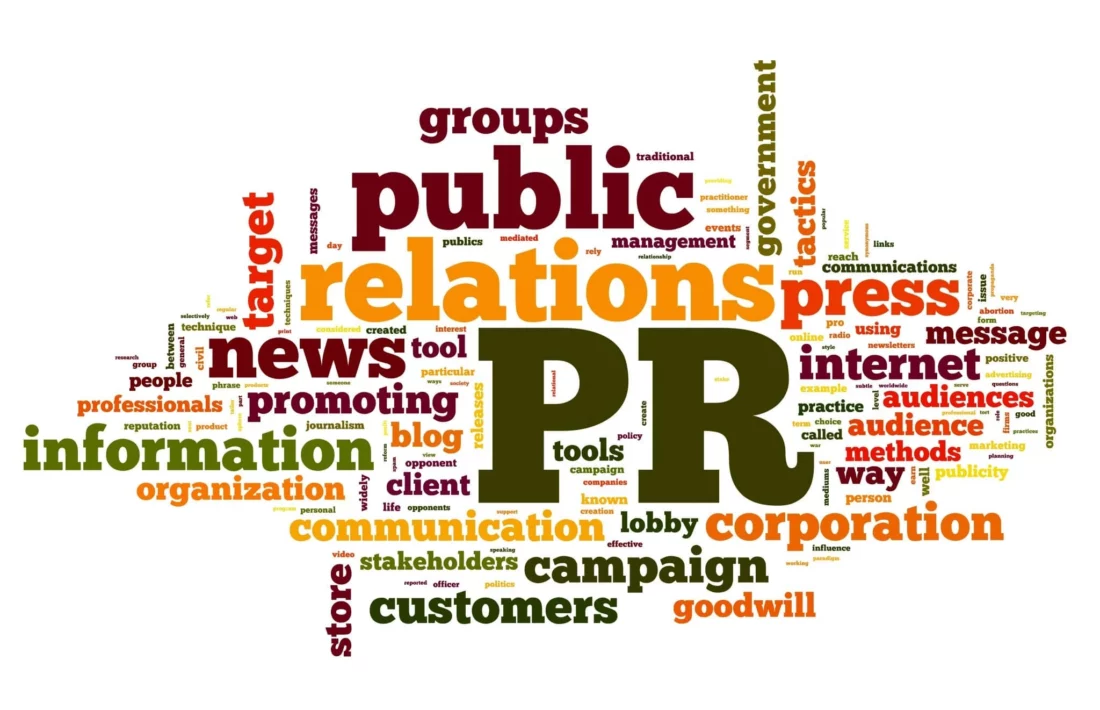From social media intelligence to the Internet of Things, innovation in data science is helping companies across all industries personalize services, provide real-time insights and gain a competitive advantage. Even The White House got into the action, appointing its first ever Chief Data Scientist (CDS) earlier this year.
In fact, a couple years ago the Harvard Business Review dubbed data scientist the sexiest job of the 21st century (perhaps not so coincidentally, this article was written by the White House’s new CDS).
In marketing, data is essential for successful campaigns. Determining, in real-time, how readers are interacting with a piece of collateral or what messages are resonating with them leads to better-tailored content that successfully converts prospects into customers and customers into revenue.
Traditionally, marketing research has been done through focus groups, surveys and tools that track clicks or views. But with the advent of the Big Data age, next-gen analytics tools are taking research to a whole new level.
As a technology marketing company, at GMG, we aim to make sure all our initiatives and decisions are based on the best possible data we can get our hot little hands on. We want to know: how are our marketing initiatives performing, what can we do to improve them, are we leveraging the right channels, do our messages and content engage our target audience, what are people saying about our clients?
For instance, we use Hubspot for all our inbound marketing initiatives. By integrating our email marketing, blogs, SEO, social media and other efforts, we can gain valuable insight not just into performance, but also how everything is working together.
Another tool we like is a client of ours – Infegy, a social media intelligence technology that provides deep understanding of consumers’ perceptions of brands. It analyzes huge volumes of online and social media dialog and commentary going back eight years to determine current trends, brand perception, purchase intent, competitive landscape and more.
For example, Infegy recently released a report that analyzed more than 800 brands and drew on billions of online conversations to determine the 50 most popular brands of 2014. The report shows a year-over-year comparison of how much people talk about specific brands, whether most of the conversation is positive or negative, the breakdown of males vs. females discussing the brand, the most popular topics of conversation around that brand, and how much of that dialog was around purchasing the product or service. With this data, marketers can see what’s working and what’s not, and how to strategically reach consumers in an engaging manner.
There’s no question data analytics are giving marketers and business leaders a much better way to reach, engage and serve their target audience. What analytics tools are you using to improve your marketing ROI? Tweet us @GabrielMrktg – we’d love to hear from you!

